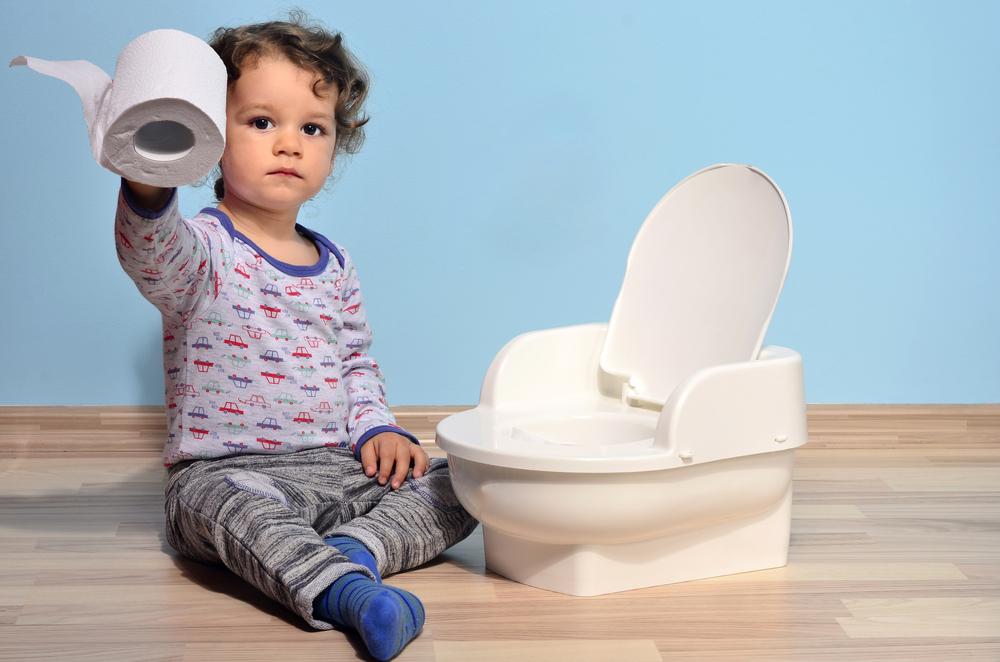Once your child reaches a certain age, the time will come to teach them how to use the toilet instead of relying solely on diapers. Here are the four best tips for starting potty training.
While this does not happen overnight, potty training lasts a different amount of time for each child. Depending on how consciously you apply some time-tested techniques, however, you can speed this process up and help your child learn how to use the bathroom in no time at all.
Doing so will release you of the responsibility of changing diapers, which is a common complaint of new parents. While there are sure to be some accidents along the way, supporting your toddler with their transition to more grown-up toilet techniques is an important step that you need to be aware of.
To assist you with the tricky times that toddler toilet training can pose for new parents, let’s look at the best way to start as well as some time-tested tips.
Know When It Is Time To Start
Making sure to know when the best time to start toilet training is will allow you to make the transition as early as possible. Keep an eye out for when changing diapers becomes less frequent. If you find that your toddler is starting to go several hours without needing a change, then this is a sign that they are developing better bladder control.
If your child is also more aware of their need to go to the bathroom and discusses it with you, then it is likely time to start making the transition. You may even notice that your child displays a sense of disgust for dirty diapers and wants to avoid having them. Do your child and yourself a favor and begin toilet training right away.
Build the Hype
Make sure that your child understands that going to the toilet is a normal bodily function and a highly positive thing. Be supportive of their potential embarrassment or discomfort with the toilet training process and make sure that you commend their “grown-up” behavior when things are going well.
It is important to not get angry or display disgust when accidents inevitably occur. Your child will not benefit from these outbursts and you are likely to delay the process even more by establishing a psychological barrier to toilet training.
You can also consider reinforcing toilet training successes with some form of positive reinforcement such as classic gold stars. Making sure to keep your toddler motivated with the process is highly important.
Buy An Appropriate Seat For Your Tot
It is unrealistic to expect that your child will be physically able to transition directly from diapers to using an adult-sized toilet. For this purpose, there are many products available on the market to facilitate your child’s toilet training. Find a toilet that is the right size for your child and make sure that you demonstrate (maybe not literally) how to use it.
Be Patient!
One of the most important aspects of the toilet training process is your patience as a compassionate parent. Although you may want the process to be over with as soon as possible, it is important to know that it takes time for your child to develop this essential skill.
All children learn to use a toilet properly at a different age, though usually between two and three and a half. Do not be alarmed if your child seems to be lagging behind by half a year when compared to their peers. Remain calm and before you know it your child will be using the toilet without your help.